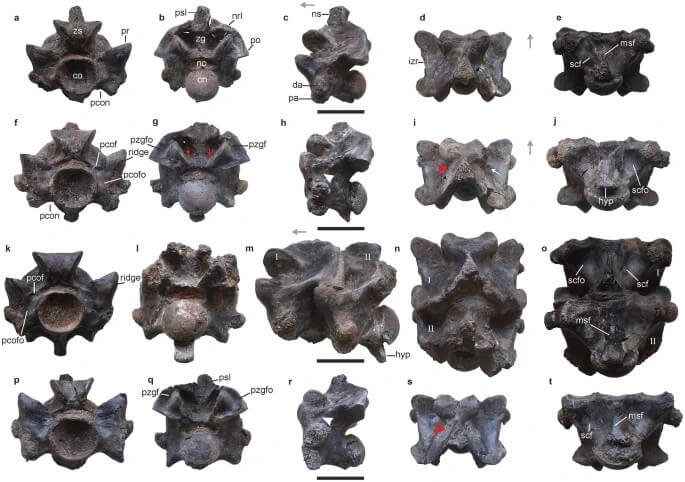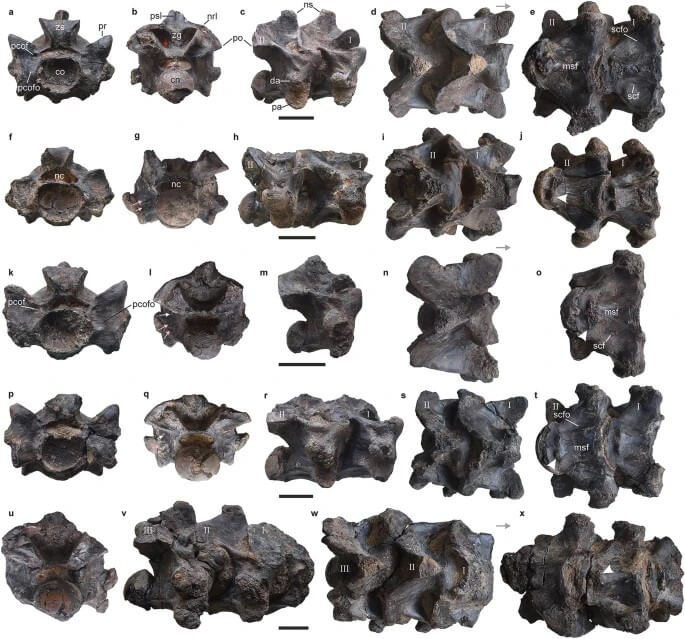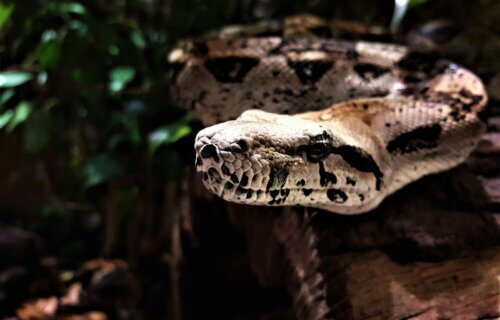ROORKEE, India — One of the largest snakes in history may have been slithering around what is now India about 47 million years ago. Scientists from the Indian Institute of Technology Roorkee have unearthed a collection of well-preserved vertebrae that likely belong to a gigantic prehistoric snake. Terrifyingly, the study suggests this snake, which was longer than a school bus, likely resembled and attacked just like a modern-day anaconda.
In the arid landscapes of Kutch, Western India, paleontologists unearthed the groundbreaking fossils of the ancient snake, now identified as Vasuki indicus. The snake not only shatters previous size records for its kind but also provides invaluable insights into the movements of prehistoric creatures across continents.
Vasuki indicus, which researchers believe roamed the Earth for about 100 million years, lived during the warm Eocene period. Estimates based on the size of these 27 spinal fossils suggest that the snake reached a staggering length of 11 to 15 meters — that’s nearly 50 feet. This makes Vasuki the largest known snake of its family, Madtsoiidae, a group of prehistoric snakes that primarily inhabited the regions of Gondwana, a supercontinent that included today’s Southern Hemisphere continents and the Indian subcontinent.

What’s truly fascinating about Vasuki, according to the study in Scientific Reports, is its implications for understanding how animals dispersed across continents in the ancient world. The timing of Vasuki’s existence coincides with significant geological events, including the collision of the Indian subcontinent with Asia. This event likely facilitated the spread of species from India to other parts of Asia and even as far as North Africa.
The warm climate of the Middle Eocene, estimated to have average temperatures around 82°F, might have been a key factor driving the evolution of such large-sized snakes. The size of Vasuki and the environmental conditions of the time suggest that these giant reptiles thrived in warm, tropical zones, which supported their large body sizes and the ecosystem they dominated.

From an evolutionary standpoint, Vasuki indicus forms a distinct group with other prehistoric snakes from India and North Africa, indicating a complex web of migration and evolution patterns. These findings challenge previous notions about the dispersal routes and environmental adaptations of ancient snakes, suggesting that the ancestors of Vasuki might have used land connections that are no longer present today.
The study also highlighted the unique anatomical features of Vasuki, including its vertebrae structure, which provides deeper insights into its mobility and predatory behavior. Unlike many modern snakes, the large size of Vasuki suggests it was likely an ambush predator, relying on its massive form and strength to capture prey rather than speed or venom.
This discovery is not just a milestone in the field of paleontology but also a window into the past, offering a glimpse of the Earth’s climatic conditions and geological landscapes millions of years ago. It also underscores the dynamic and ever-changing nature of life on Earth, adapting to and being influenced by the shifting continents and climates.
Article reviewed by StudyFinds Editor Chris Melore.
